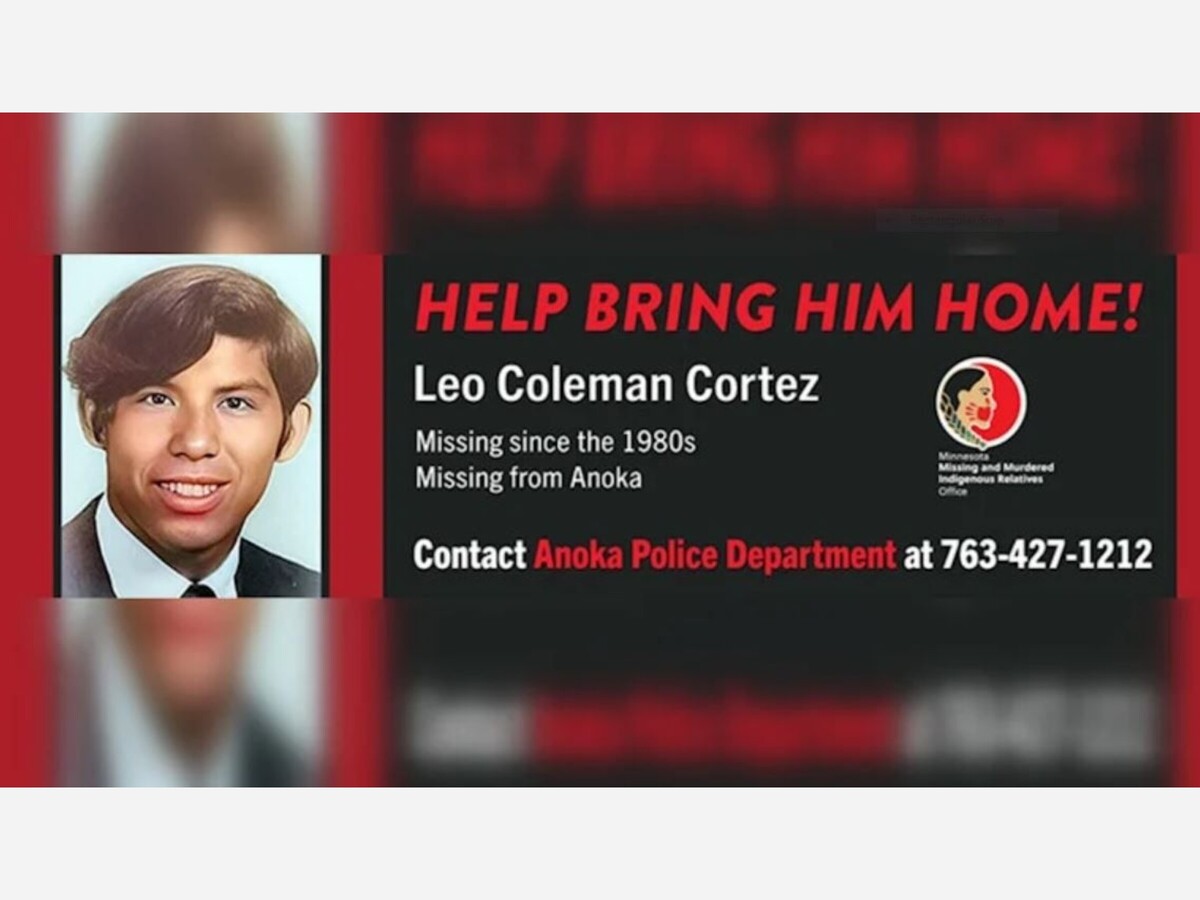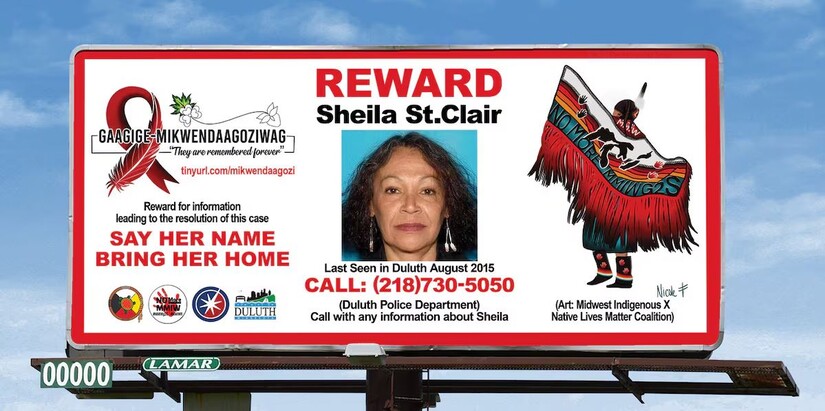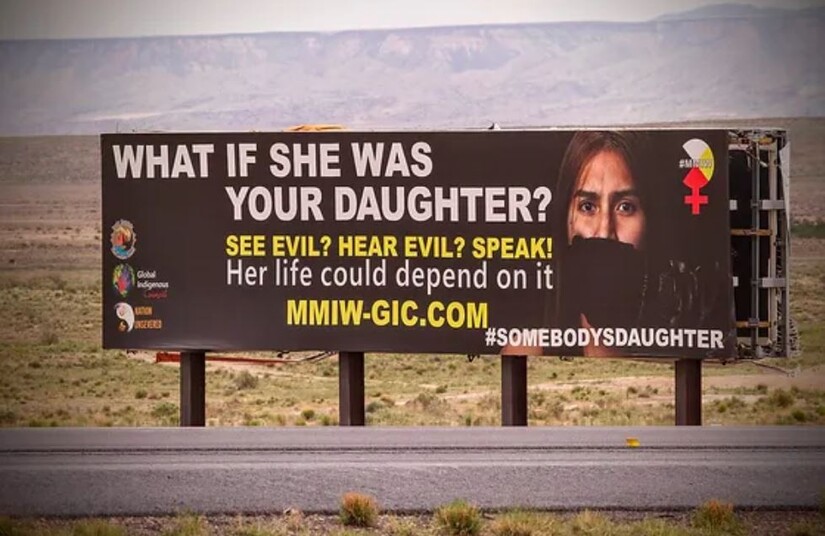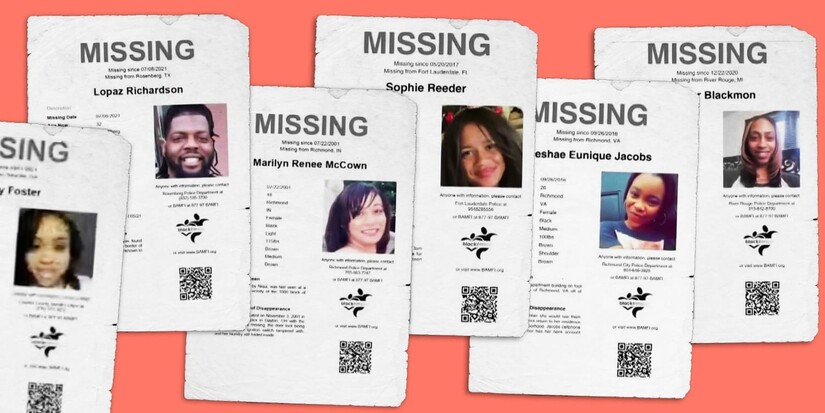Image


The search for missing Indigenous persons in Minnesota has taken a visible leap forward, with the installation of eight new billboards featuring the faces and information of missing individuals as part of an initiative by the state's Missing and Murdered Indigenous Relatives (MMIR) office. Among those highlighted is Leo Coleman Cortez, an Indigenous man whose disappearance from Anoka State Hospital has haunted his family for four decades, as detailed in a recent article.

Donna Cortez has endured years of silence and neglect in her search for her brother, her inquiries receiving minimal attention from authorities, and it wasn't until her partnership with MMIR that Leo's case was finally cast into the public eye—the nurse she spoke to all those years ago merely brushed aside her concerns, and her pleas for a thorough investigation went unheeded, no missing person report was filed until last year, illustrating a systemic disregard for Indigenous disappearances. The display of Leo's visage alongside seven others on billboards located in Minneapolis, Burnsville, Shoreview, Mounds View, Maplewood, and Columbus township, marks a long overdue acknowledgment of his case and the plight of many Indigenous families.

According to Ana Negrete of MMIR, the organization worked alongside Missing Children Minnesota and Clear Channel Communication to arrange the billboards, with a generous agreement from Clear Channel to provide space on their digital displays for a nominal $1 fee. "We are so thankful for the support, and we really hope that raising awareness on these cases does two things: generate tips and show the families and communities that they are not alone in remembering and searching for their loved ones," Negrete said in a statement released by the MMIR blog.

The initiative also casts light on the cases of Kateri Mishow, Mato Dow, Nevaeh Kingbird, Melissa Eagle Shield, Melissa Burt, Jeremy Jourdain, and April Geyer, presenting an opportunity for community members to aid in the investigation, for these billboards stand not simply as beacons of information, but as emblems of solidarity—with law enforcement agencies and Crimestoppers aiding in the provision of detailed case information. "Highlighting these cases brings hope to families who have previously felt like they are the only ones looking for their loved ones," MMIR Director Juliet Rudie told the publication, emphasizing the communal effort required to address the ongoing violence against Indigenous people.

The MMIR office is urging the public to play a role in this community restorative justice process and anyone with information about the cases is encouraged to come forward. To learn more about the MMIR initiative and how you can help, visit their website.
SOURCE: hoodline